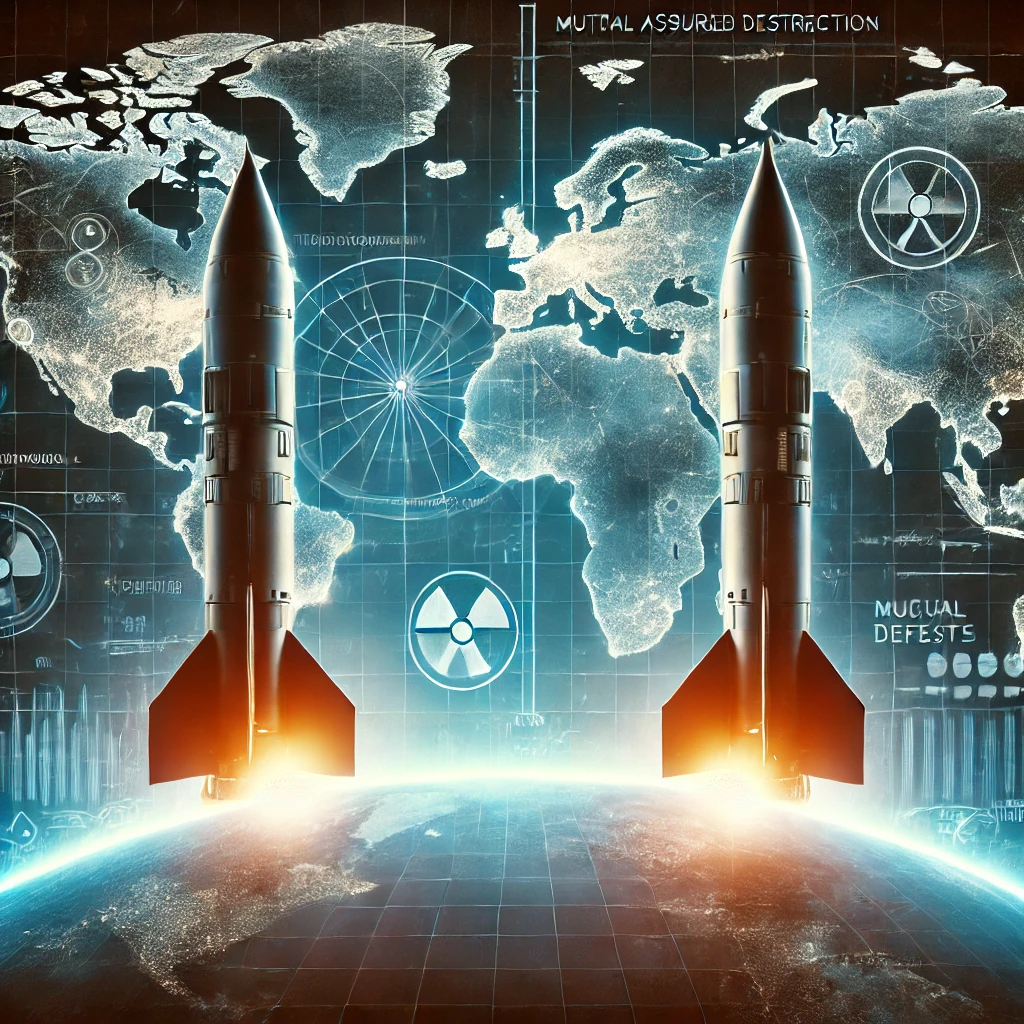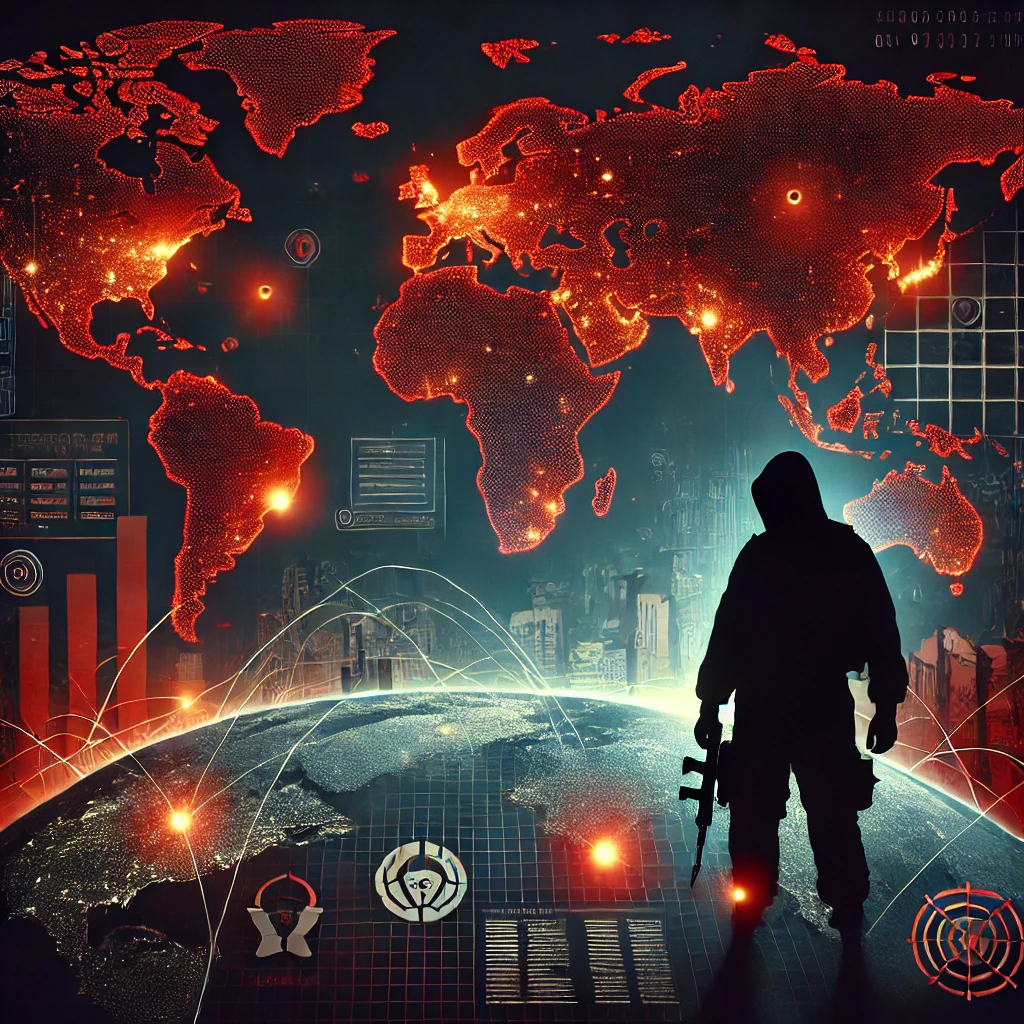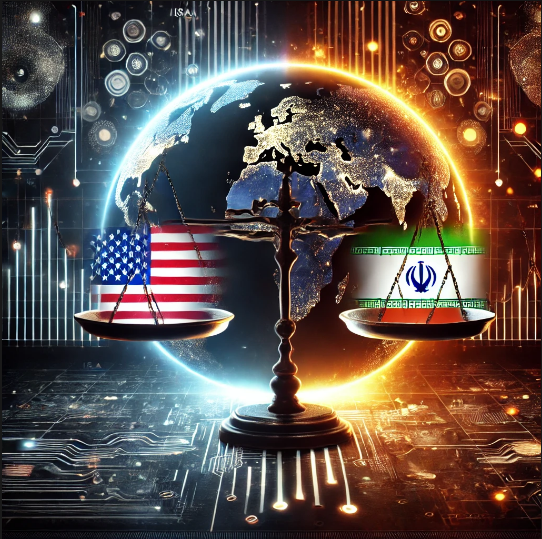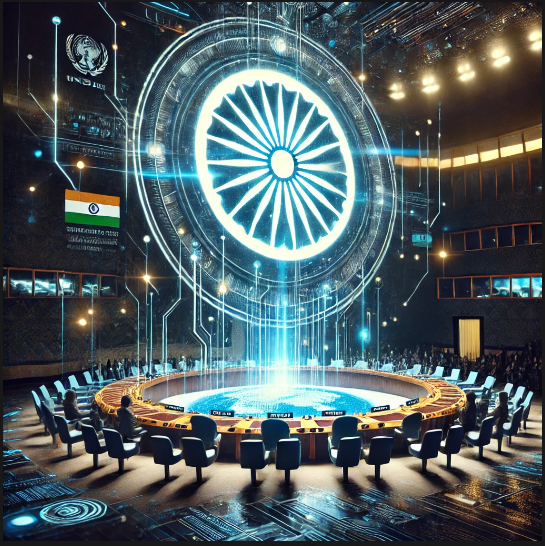The India-America “2+2 Ministerial Dialogue” is a critical aspect of the evolving strategic partnership between India and the United States. Initiated in 2018, this high-level bilateral dialogue has become an essential platform for both countries to discuss a wide range of issues, primarily focusing on defense, security, and foreign policy. The dialogue involves the foreign and defense ministers of both countries meeting together, creating a forum for frank, direct, and comprehensive discussions. Over the years, the “2+2” dialogue has played a significant role in strengthening the ties between India and the U.S. in areas of shared interest and global concerns.
This article delves into the key aspects of the India-America “2+2 Ministerial Dialogue,” its objectives, significance, achievements, and the evolving role it plays in the Indo-Pacific and beyond. Additionally, the challenges and opportunities arising from this dialogue will be discussed in detail, shedding light on its potential to further deepen the partnership between the two nations.
1. Genesis of the India-U.S. 2+2 Ministerial Dialogue
The idea of a “2+2 Ministerial Dialogue” between India and the United States first emerged during the tenure of former U.S. President Barack Obama. The dialogue was aimed at enhancing the strategic collaboration between the two countries, particularly in defense and security matters. India, which had long maintained a policy of strategic autonomy, was slowly beginning to deepen its ties with the U.S. in the context of a changing global landscape, especially in terms of security concerns in the Indo-Pacific region.
The first 2+2 dialogue took place in September 2018 during the visit of U.S. Secretary of Defense Jim Mattis and Secretary of State Mike Pompeo to India. The dialogue aimed to elevate the bilateral relationship between India and the U.S., acknowledging the growing importance of the Indo-Pacific region, combating terrorism, and addressing challenges posed by China’s growing influence in the region.
2. Objectives of the 2+2 Ministerial Dialogue
The 2+2 Ministerial Dialogue between India and the United States is designed to facilitate discussions on various aspects of the strategic partnership. Key objectives of this dialogue include:
2.1. Strengthening Defense and Security Cooperation
One of the central objectives of the 2+2 dialogue is to enhance defense cooperation between India and the U States. As both countries face similar security challenges, especially in the context of China’s rising military and economic influence, the dialogue serves as an avenue to forge closer military ties, joint defense exercises, and exchange of technology. This includes deepening collaboration in counterterrorism efforts, maritime security, cyber defense, and defense technology.
2.2. Promoting Strategic Alignment in the Indo-Pacific
The Indo-Pacific region has emerged as a primary area of focus in the 2+2 dialogue. Both India and the U.S. view the region as a strategic corridor that holds immense economic and security significance. In recent years, both countries have worked towards ensuring a free, open, and inclusive Indo-Pacific region. The dialogue allows for discussions around maritime security, freedom of navigation, and countering China’s assertiveness in the South China Sea and beyond.
2.3. Expanding Counterterrorism and Counterintelligence Cooperation
Terrorism remains a significant concern for both India and the U.S. The 2+2 dialogue serves as an opportunity to bolster cooperation in addressing terrorism emanating from regions such as Pakistan, Afghanistan, and other parts of the Middle East. In addition to intelligence sharing, there is also the potential for collaboration in terms of counterterrorism training, technology, and infrastructure development to curb the threat posed by extremist groups.
2.4. Defense Technology and Trade Collaboration
A critical component of the 2+2 dialogue is the promotion of defense technology and trade. India’s defense modernization efforts require the acquisition of advanced defense equipment and technologies. The dialogue allows India to explore avenues for increased defense procurement from the U.S. and the sharing of critical technologies that could bolster India’s defense capabilities. It also supports the integration of Indian and American defense industries and research programs.
2.5. Global Security Challenges
India and the U.S. share common interests in addressing global security challenges, including climate change, nuclear proliferation, and regional instability. The dialogue facilitates discussions on how both nations can contribute to international peacekeeping operations, humanitarian efforts, and promote stability in conflict zones. Additionally, the conversation often focuses on aligning their respective foreign policies on global issues such as the U.N. reforms, multilateralism, and sustainable development.
3. Key Developments in the 2+2 Dialogue
Since its inception, the 2+2 Ministerial Dialogue has seen significant progress in the India-U.S. bilateral relationship. Several key developments and outcomes of the dialogue have contributed to a stronger and more comprehensive partnership:
3.1. The Communications Compatibility and Security Agreement (COMCASA)
One of the most notable outcomes of the 2+2 dialogue in 2018 was the signing of the Communications Compatibility and Security Agreement (COMCASA). This agreement is crucial as it allows for the sharing of sensitive defense technologies, particularly secure communication systems, between India and the U.S. COMCASA is a critical step toward integrating the defense capabilities of both countries and facilitating interoperability during joint military exercises and operations.
3.2. The Basic Exchange and Cooperation Agreement (BECA)
In 2020, during the second round of the 2+2 dialogue, the U.S. and India signed the Basic Exchange and Cooperation Agreement (BECA). This agreement allows for the sharing of geospatial intelligence, including satellite imagery, maps, and other critical information, which is essential for enhancing the operational efficiency of both countries’ militaries. BECA strengthens the strategic partnership by enhancing India’s access to real-time intelligence.
3.3. The LEMOA Agreement
Another significant agreement that arose from the dialogue was the Logistics Exchange Memorandum of Agreement (LEMOA), signed in 2016. While not directly part of the 2+2 dialogue, LEMOA is an essential part of the evolving defense cooperation between the two countries. The agreement allows for reciprocal logistical support during joint military exercises, humanitarian missions, and peacekeeping operations, providing both countries with better access to military resources and facilities.
3.4. Maritime Security Cooperation
Both India and the U.S. have committed to enhancing maritime security in the Indo-Pacific. The 2+2 dialogue has seen an increase in joint naval exercises, such as the Malabar Exercise, and collaboration on issues related to the freedom of navigation, protection of sea lanes, and countering piracy. Both countries have also addressed concerns related to the Chinese Navy’s growing presence in the region.
3.5. Joint Counterterrorism Initiatives
In the face of the growing global terrorism threat, India and the U.S. have focused on strengthening counterterrorism cooperation. The 2+2 dialogue has included discussions on increasing intelligence sharing, joint counterterrorism training, and coordinating efforts to fight terrorism in Afghanistan and the broader South Asian region.
4. Significance of the Dialogue in the Indo-Pacific Region
The Indo-Pacific has become a critical focal point for both India and the U.S. Over the years, the region has seen increasing Chinese influence, both economically and militarily. In this context, the India-U.S. 2+2 Ministerial Dialogue plays a pivotal role in strengthening the strategic alignment of the two countries to ensure peace, stability, and prosperity in the region.
The dialogue has allowed both nations to align their strategic interests, especially in countering China’s growing assertiveness. By focusing on maritime security, freedom of navigation, and regional cooperation, the U.S. and India aim to ensure that the Indo-Pacific remains open and accessible to all countries, free from coercion and dominance.
The dialogue also supports the broader Quad initiative, which includes Japan and Australia, aiming to promote a free and open Indo-Pacific and to counterbalance China’s influence in the region.
5. Challenges to the India-U.S. 2+2 Dialogue
While the 2+2 Ministerial Dialogue has achieved notable successes, several challenges persist in the relationship between India and the U.S. These challenges may affect the scope and depth of the dialogue in the future:
5.1. Differences on Trade and Economic Issues
Despite the strong defense and security ties, India and the U.S. continue to face differences on trade and economic policies. Issues related to tariffs, market access, intellectual property rights, and the U.S. approach to climate change have at times strained relations. The 2+2 dialogue cannot fully address these issues, and trade-related disagreements remain a contentious topic.
5.2. China’s Influence in the Region
While India and the U.S. have aligned their strategic interests in the Indo-Pacific, the growing influence of China remains a complex challenge. China’s economic clout, its Belt and Road Initiative, and military expansion in the region continue to be areas of concern for both India and the U.S. However, dealing with China’s rise requires delicate diplomacy, as both countries have significant economic ties with China. Striking a balance between countering China and maintaining economic engagement remains a challenge for both nations.
5.3. Domestic Political Shifts
The political landscape in both India and the U.S. can affect the trajectory of the 2+2 dialogue. Leadership changes, shifts in foreign policy priorities, or changes in political ideologies may result in different approaches to the dialogue. For example, changes in U.S. administration may lead to shifts in policy priorities that may not always align with India’s objectives.
6. Conclusion: A Robust and Evolving Partnership
The India-America 2+2 Ministerial Dialogue represents a dynamic and evolving partnership between two global powers. With its focus on defense, security, and strategic collaboration, the dialogue has played an important role in enhancing bilateral relations, promoting regional security, and addressing global challenges.
As both India and the U.S. continue to navigate complex geopolitical issues, the 2+2 dialogue will remain a key platform for cooperation, diplomacy, and dialogue. Despite challenges, this strategic engagement holds tremendous potential for ensuring peace, stability, and prosperity in the Indo-Pacific and beyond.




